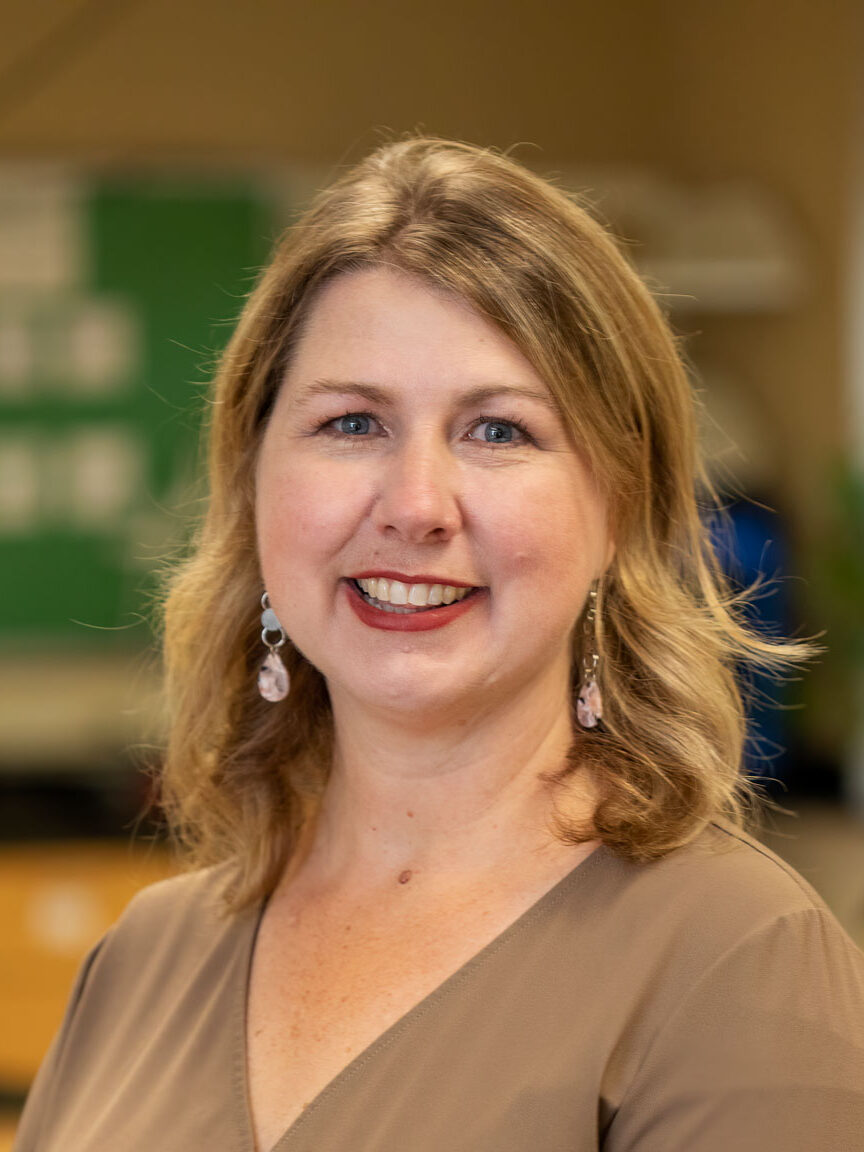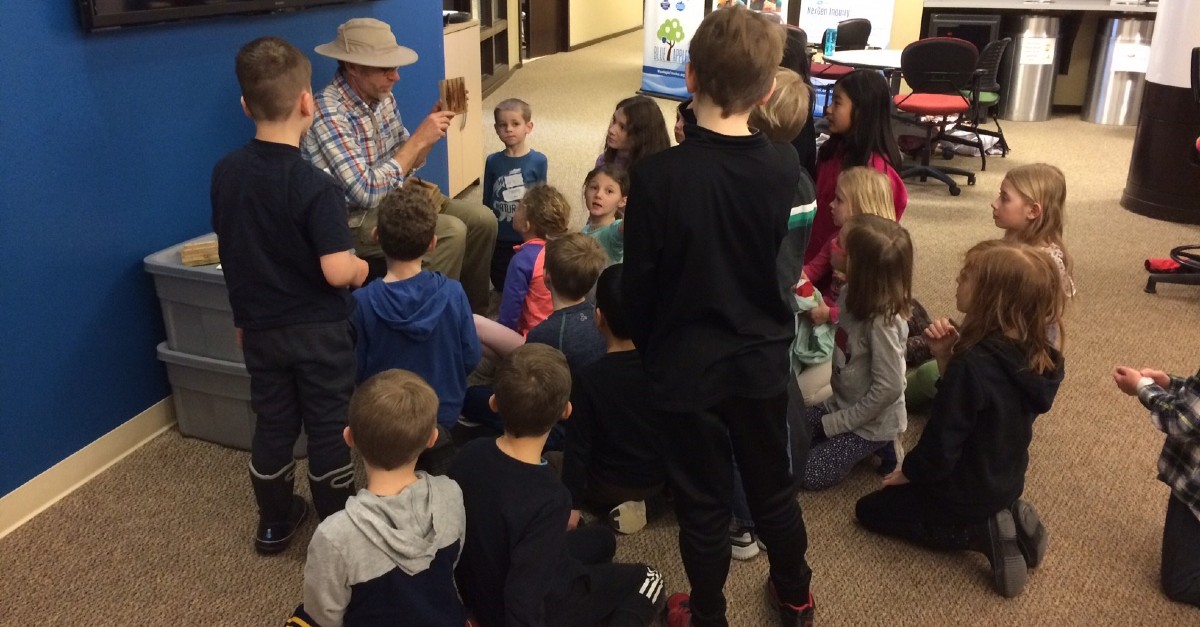If I were to describe children in one word it would probably be “curious”. I came to this realization after spending the past weekend with my niece and nephews. Ranging from ages 4 – 11, these kids are an endless fount of curiosity. Throughout the day, I was peppered with all sorts of different questions:
- Why is the sky blue?
- What are Legos made of?
- Why do grown-ups drink so much coffee?
- Why do people have different eye colors?
- How do our fingernails grow?
As an educator, I found these questions a little inspiring (yes, even the coffee one). Children have such an innate desire to learn. For them, everyday realities can be a source of limitless fascination and wonder. This brings up an important question though. Are we, as educators, properly utilizing our students’ curiosity in the classroom?
Who’s Asking the Questions?
Consider this for a moment. In your classroom, who asks more questions? You or your students? We may want an inquiry-based classroom where students are curious and learning through investigation and problem-solving. But our intentions are often overwritten by years of conditioning and a test schedule that forces us back into old habits.
Even when we know it should be the other way around, in most classrooms, the teacher is still the one asking most of the questions. The teacher is the one who knows the material. They impart the knowledge to students and then ask a lot of questions to check for understanding. When students answer incorrectly, they repeat the lesson. When they answer correctly, we move on.
Learning vs. Remembering
There are 3 big problems with this model:
- When students answer correctly, they are not demonstrating understanding. They are merely demonstrating recall. There’s a big difference. Recall can be useful for a test at the end of the unit, but it does nothing for building foundational knowledge—a solid schema upon which to attach future learning, make connections, apply skills, and analyze learning. If your goal is a good grade, recall is fine. If your goal is learning, it’s not.
- This model strips the teacher of the creativity their role affords. Let’s be honest, students don’t need teachers to disseminate information, the internet can do that far better. Instead, teachers need to be the ones who create learning experiences for their students. Instead of asking students a planned series of questions, create an environment where they ask the questions and then seek out the answers.
- Bottom line, the one asking the questions is the one doing the learning. Questions asked to produce a correct answer do not generate learning. Questions asked out of curiosity generate learning. If you impart only enough information to make them curious, they will then produce the questions.
ABC: Always Be Curious!
Take a moment to consider who asks more questions in your classroom; you or your students? If the answer is you, it may be time to revamp your teaching strategy. With the new school year about to begin, this is the perfect chance to try something new with your classroom. Consider replacing recall questions with genuine connection or implement project-based learning for a more hands-on experience. Above all, be sure to remember your ABC’s: Always Be Curious!


